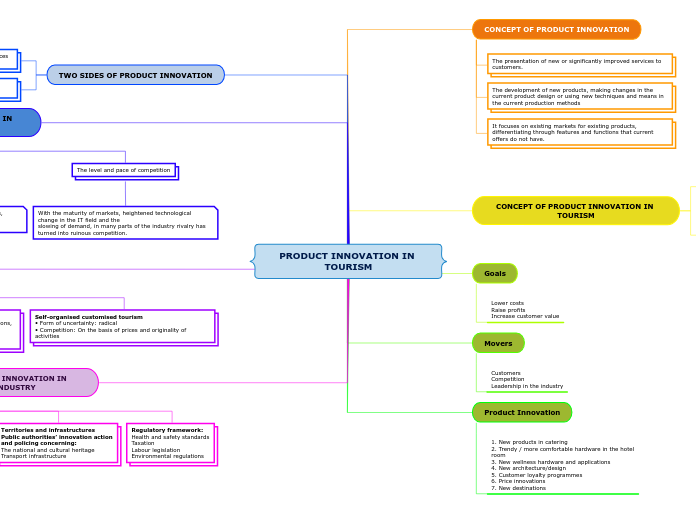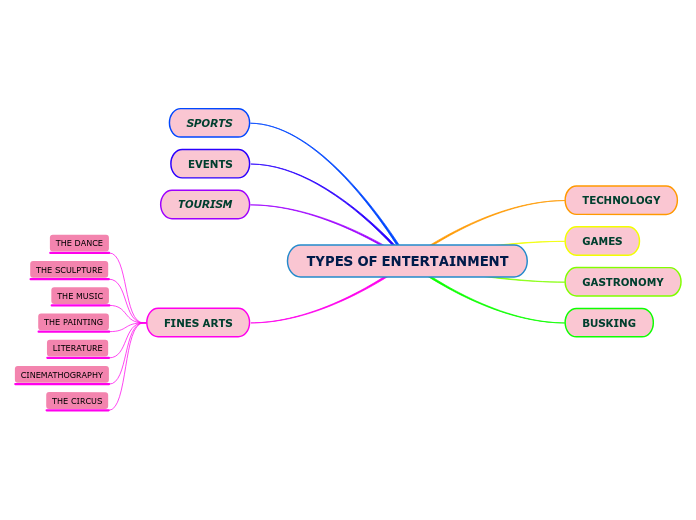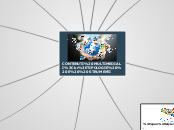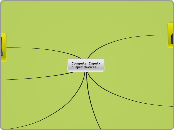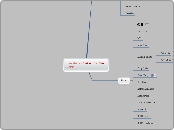av مزلن بن رضوان 4 år siden
437
ARTICLE SUMMARY INDIVIDUAL ASSIGNMENT HPT30303 L3T2
The tourism industry is experiencing a significant transformation driven by various demand drivers such as flexible working hours, higher incomes, and increased leisure time, leading to new lifestyles and changing holiday values.
